The Rhythm of Sri Lanka’s Festive Heart
The Big Ones: Sri Lankan Festivals You Can’t Miss
Sinhala and Tamil New Year (April)
This is arguably the most important festival for both the Sinhalese and Tamil communities, celebrated island-wide. It marks the end of the harvest season and the beginning of the new solar year, usually around April 13th and 14th.
- When to Visit: The week leading up to and following the New Year is a magical time. The entire country slows down as families return home for celebrations.
- What to Expect: Expect a lot of family-centric traditions. You’ll see locals dressed in new clothes, preparing traditional sweets like kiribath (milk rice), and playing lively traditional games in the streets and parks. If you’re lucky enough to be invited to a local home, it’s a profound honor.
- Traveler’s Tip: Be aware that many shops and restaurants will be closed during this time, so plan your travel and provisions accordingly.
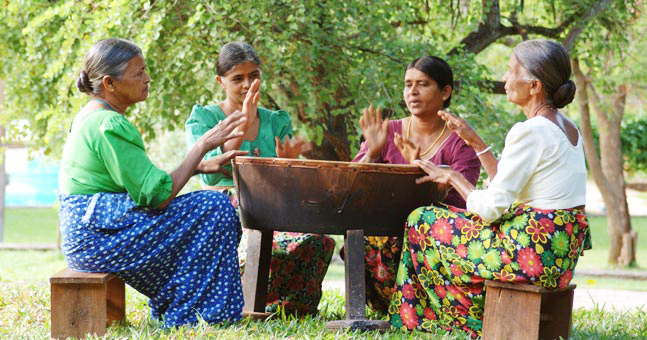
Vesak Poya (May)
Vesak is the most significant Buddhist festival, commemorating the birth, enlightenment, and passing of the Buddha. It takes place on the full moon day in May.
- When to Visit: The festival lights up the entire country for about a week. The best place to experience it is in Colombo, where the celebrations are particularly grand.
- What to Expect: The streets are transformed into a wonderland of lights. Intricately designed lanterns, known as vesak kudu, hang everywhere, and massive, illuminated panels called pandals depict stories from the Buddha’s life. You’ll also find free food and drink stalls, or dansalas, set up by communities for anyone to enjoy.
- Traveler’s Tip: This is a highly spiritual time. Dress modestly, especially in crowded areas, and be prepared for a festive, but reverent, atmosphere.
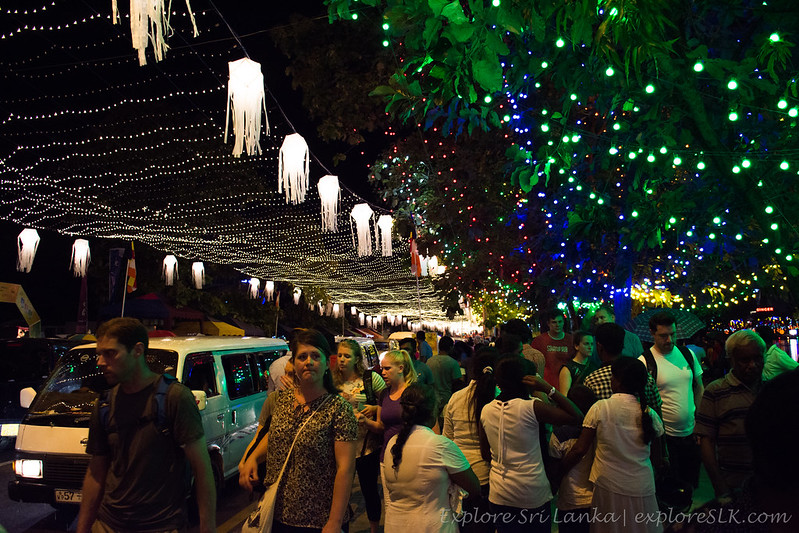
Esala Perahera (July/August)
This is a jaw-dropping spectacle and one of Asia’s most magnificent festivals. Held in Kandy, it’s a 10-day procession that pays homage to the Sacred Tooth Relic of the Buddha.
- When to Visit: The dates are based on the lunar calendar, usually taking place in July or August. The last five nights are the most spectacular, with the final night being the grandest.
- What to Expect: Imagine hundreds of extravagantly decorated elephants, acrobats, fire dancers, and traditional drummers parading through the streets of Kandy. The air is electric with excitement. Be sure to find a good spot early, as the crowds can be immense.
- Traveler’s Tip: Book your accommodation and a seat to watch the parade well in advance, as Kandy gets very crowded.
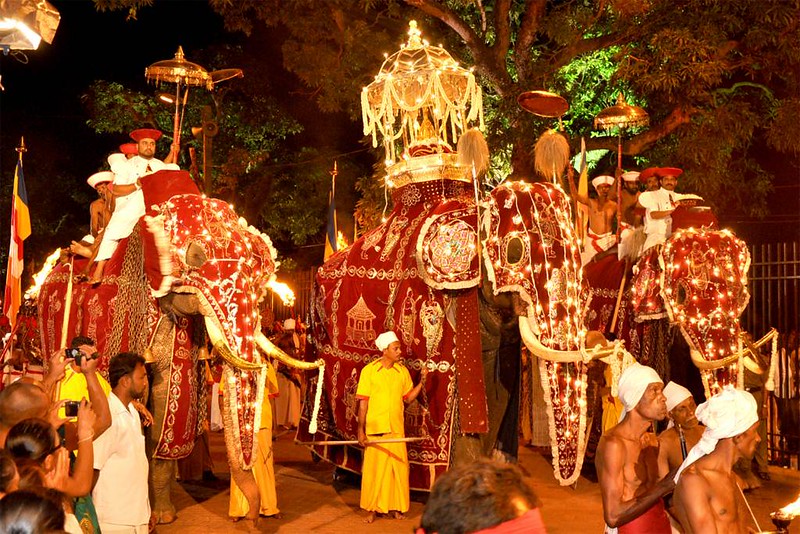
Poya Days (Every Full Moon)
A “Poya” day is a full moon day, and in Sri Lanka, it’s a public and bank holiday. Each one commemorates a specific event in Buddhist history.
- When to Visit: Every month! These are the days when most Buddhists visit temples to offer prayers.
- What to Expect: You’ll see people in simple white clothing heading to temples, and a generally peaceful, calm atmosphere. It’s a good day to visit a temple to see local religious practices in action.
- Traveler’s Tip: On Poya days, the sale of meat and alcohol is banned. Many restaurants will be closed or serve only vegetarian options, so be prepared for a different pace.
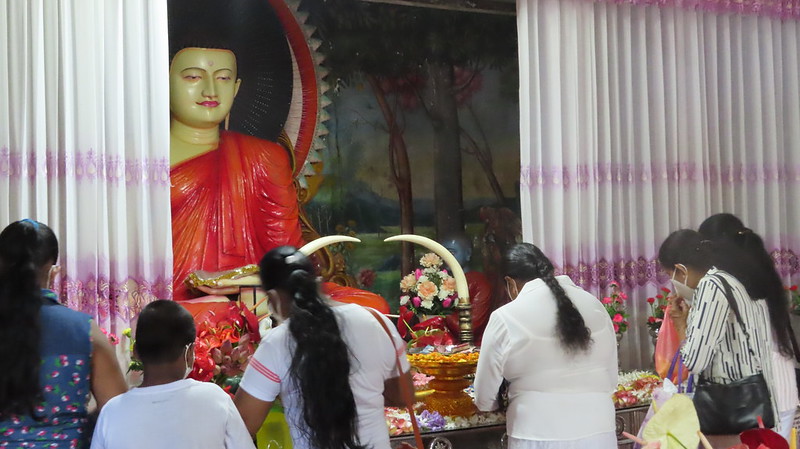
A Final Word: Join the Celebration!
Experiencing a Sri Lankan festival as a foreigner is an invitation to be a part of something truly special. It’s a chance to see the island’s deep-rooted traditions come to life. The generosity and warmth of the Sri Lankan people during these times are boundless, so don’t be afraid to smile, say “Ayubowan,” and simply soak it all in. You won’t just be witnessing a festival; you’ll be making a memory that lasts a lifetime.



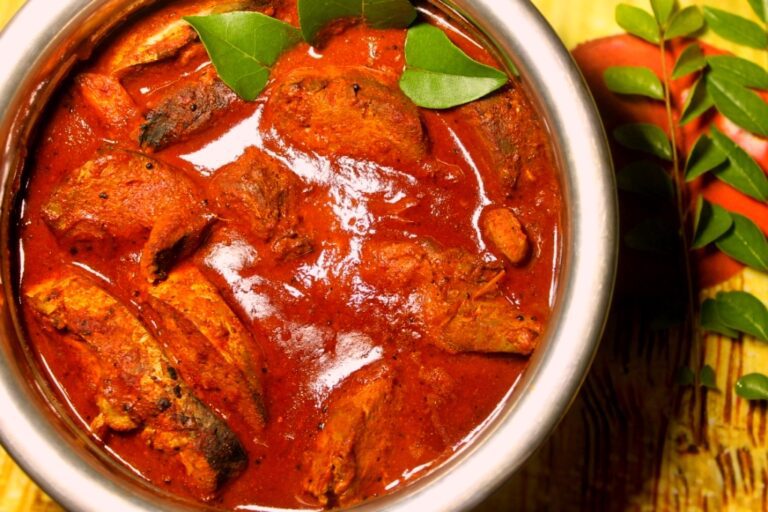
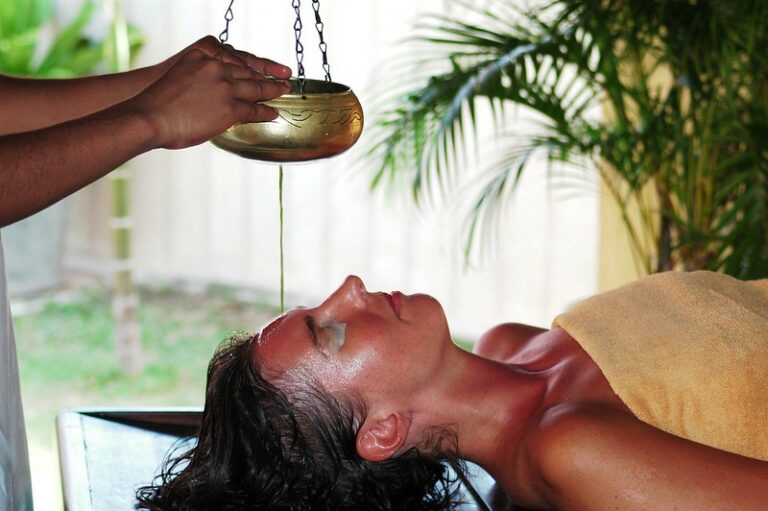
A Foreigner’s Guide to Sri Lankan Festivals: When to Visit and What to Expect